If you’ve been noticing holes in the leaves of your hydrangeas, you’re not alone. This is a common problem for gardeners who grow these plants. There are several reasons why this might be happening, and fortunately, there are also several solutions. In this blog post, we will discuss the causes of holes in hydrangea leaves and some ways to fix the problem.
Why Are There Holes in My Hydrangea Leaves?
Holes in hydrangea leaves are typically due to pests that are feeding on the plant. The most common culprits are Japanese beetles, caterpillars, and grasshoppers. These pests can cause extensive damage to a hydrangea bush if they are not controlled.
You may not even know you have a problem with pests until you start noticing holes in the leaves. The holes tend to be circular and cleanly cut, which is a telltale sign that an insect is responsible. If you see damage like this on your hydrangeas, it’s important to take action right away.
How to Treat Hydrangea Leaves with Holes?
It’s important to get rid of any pests that are causing damage to your hydrangeas. Otherwise, they will continue to feed on the leaves and eventually kill the plant. There are several ways to get rid of pests, including using insecticidal soap, neem oil, or horticultural oil. You can also try traps and barriers to keep pests away from your plants.
Neem oil is my favorite because it is an all-natural product that is safe for both people and pets. It’s also very effective at killing pests. If you decide to use neem oil, be sure to follow the instructions on the label carefully.
Simply mix the neem oil with water and spray it on the affected leaves. Be sure to get both the top and bottom of the leaves, as well as any stems or branches that have pests on them. You will need to reapply the neem oil every few days until the pests are gone.
How to Keep Pests Away From Hydrangea Leaves?
Prevention is the best cure when it comes to pests. There are several things you can do to keep them away from your plants.
Firstly, make sure to keep your garden clean. Pests are attracted to places where there is a lot of debris and overgrowth. So, tidy up your garden and remove any dead leaves or plants. Discard any debris in a sealed bag so that pests can’t get to it and diseases aren’t spread.
Secondly, use traps and barriers to keep pests away from your plants. You can buy traps at your local garden center, or you can make your own using things like plastic cups or jars. Simply place the trap near the affected plant and check it regularly. If you see
Finally, apply Neem oil as a prevention method. This will get rid of any pests you don’t realize are there, and it will also keep new ones from coming. Simply mix the neem oil with water and spray it on the leaves of your plants. Be sure to reapply every few weeks for best results.
By following these simple tips, you can keep your hydrangeas healthy and free of pests. If you do notice holes in the leaves, take action right away to get rid of the pests and prevent further damage.
What Else Causes Holes in Hydrangea Leaves?
There are a few other reasons why your hydrangea leaves may have holes:
Animals
If you have animals in your yard, they may be responsible for the holes in your hydrangea leaves. Cats and dogs like to chew on plants, and rabbits will often eat the leaves of plants. If you suspect that an animal is responsible, you can try to keep them away from your plants with fencing or netting.
Deers are especially fond of hydrangeas, and they can cause a lot of damage. If you live in an area with deer, it’s important to take steps to protect your plants. You can use fencing or netting, as well as deer repellents.
Disease
Holes in hydrangea leaves can also be caused by disease. The most common diseases that affect hydrangeas are powdery mildew and leaf spot. These diseases cause the leaves to turn brown or black and eventually fall off the plant.
If you think your plant has a disease, it’s important to take action right away. Remove any affected leaves and dispose of them in a sealed bag. You can also try using a fungicide to treat the plant.
Weather
Finally, weather can also cause holes in hydrangea leaves. Strong winds can damage the leaves, and hail can create small holes. If the weather is particularly bad, you may see multiple holes in the same leaf.
There’s not much you can do to prevent weather-related damage, but you can try to protect your plants with a tarp or cloth. Covering them up during bad weather can help to minimize the damage.
Should I Prune Hydrangea Leaves with Holes?
You don’t need to prune hydrangea leaves with holes unless there is a fungal disease present. In this case, you will need to cut away any affected branches and leaves. Dispose of them in a sealed bag so that the disease doesn’t spread.
Pruning can also help to improve the overall health of your plant. If your hydrangea is looking stressed, pruning it back can help it to focus its energy on new growth.
In general, you should only prune your hydrangea if it is necessary. If you don’t have a reason to prune, it’s best to leave the plant alone. Use sterilized pruning shears to avoid spreading disease.
Conclusion
In conclusion, holes in hydrangea leaves can be caused by pests, disease, weather, or animals. If you notice holes in your leaves, take action right away to prevent further damage. You may need to prune the plant if there is a fungal disease present. Otherwise, simply tidy up your garden and remove any dead leaves or debris.
Neem oil is fantastic for preventing pests, and it can also help to get rid of any that are already present. Be sure to reapply every few weeks for the best results. By following these simple tips, you can keep your hydrangeas healthy and free of pests.
Do you have any tips for preventing or getting rid of holes in hydrangea leaves? Share them in the comments below!
Tim is an avid gardener from the UK. He was the founder of PlantCarer.com from 2021 to Sep 2023. He sold PlantCarer.com to Aaron. He has since started his own business called Seed To Supper, which provides new gardeners all the materials you need in a box (pots, seeds, compost and instructions) to grow your own delicious and nutritious vegetables and herbs from start to finish – no garden required.



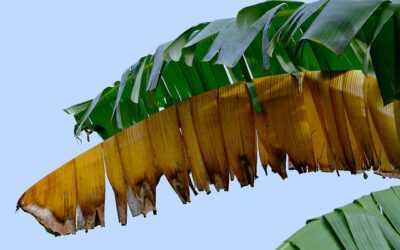

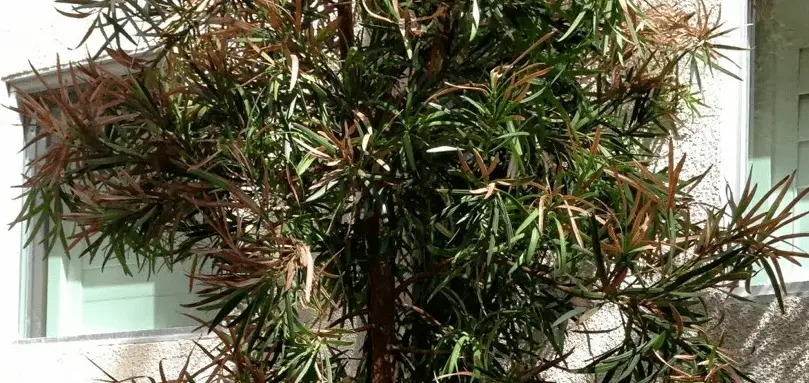
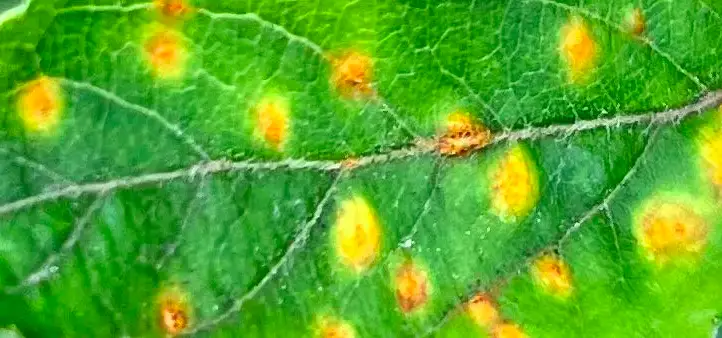
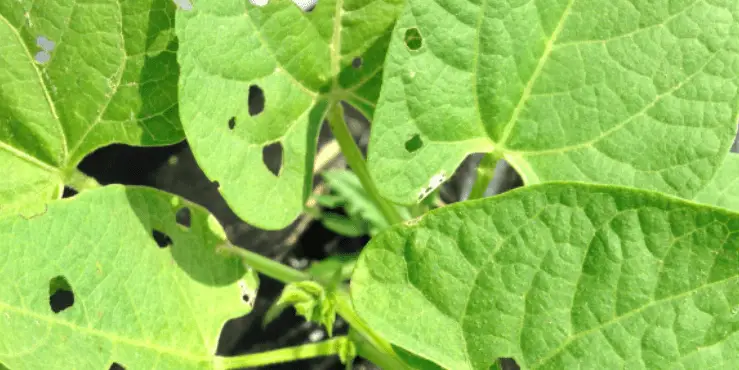
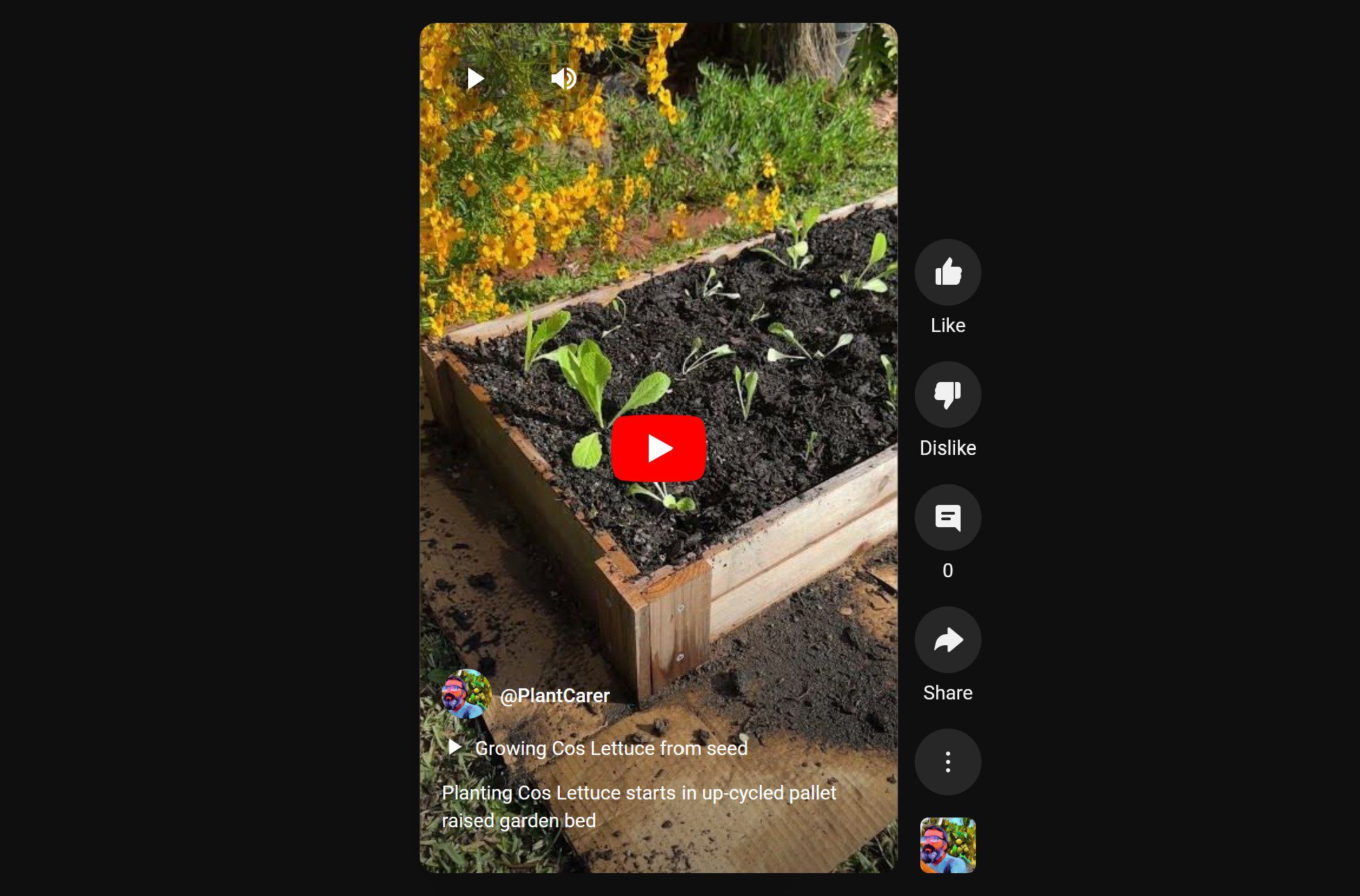
0 Comments